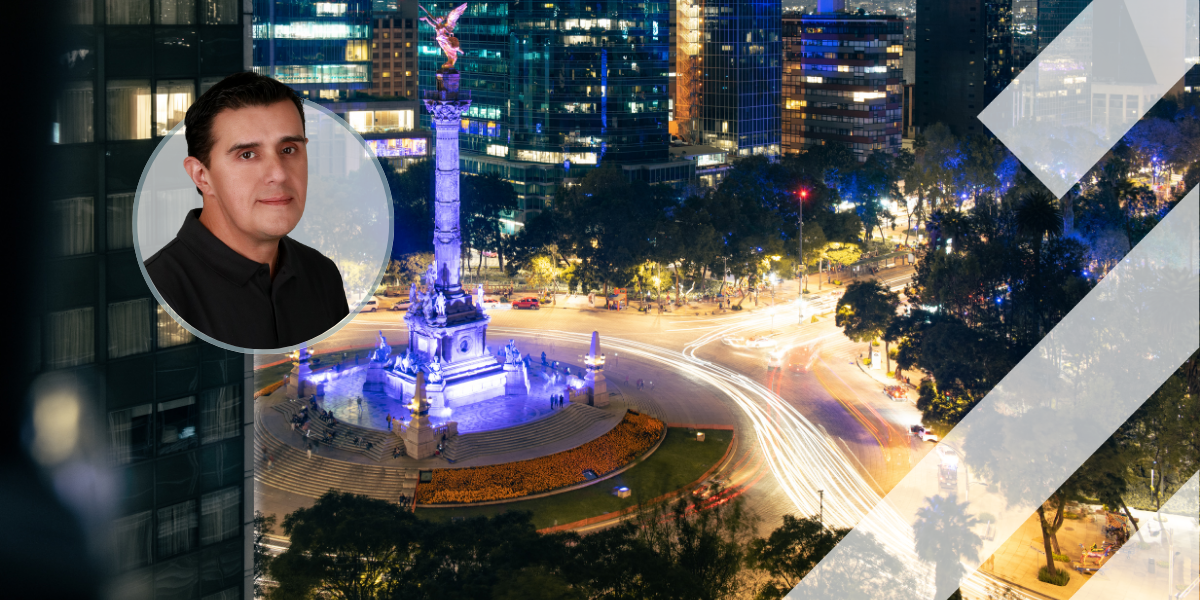Mobility as a Service in Indonesia
In late October, I arrived at Jakarta International Airport for our first Intertraffic Indonesia show. It’s always fun to pick out your taxi in a hectic of a vibrant city. After entering the airport arrivals hall, I communicated the address of my hotel – mostly via Google Maps screenshots – to our driver and in doing so, I immediately noticed a new feature within the app. Normally, for route suggestions, you can choose a transportation mode: by car, public transit, foot or bicycle. On this occasion, the app also showed motorcycles. And this makes sense – if you’ve ever been to South East Asia, you would know that there is an incredible amount of motorcycles as part of the traffic.
“There are 15 million motorcycles in Jakarta,” said Iskandar Abubakar, head of the Jakarta Transport Council, recently in the South China Morning Post. “This compares with 5.2 million cars. And out of 47 million commuters, only 18% use public transport. Motorcycles shouldn’t be banned [in Jakarta] because the current public transport system is far from integrated, comfortable or on time.”
On my way to the hotel it seems the extent of congestion in the city becomes clear. The prospect of solving the issue seems like an impossible task. Where would you start? It’s good to live in a technology-driven era, but this city doesn’t necessarily need technology as a starting point for a solution. As an observer, I believe the city’s public transport, its cultural heritage and road safety, are all key to cutting congestion.
If you observe all of these motorcycles interacting with each other and with the cars around them, they appear to be traveling in harmony – like a school of fish – as if they have special radars in place to avoid colliding with each other. But the cold-hearted truth is very different…
A global Road Safety report from the World Health Organization (WHO) says that there are 104 million registered vehicles in Indonesia. More than 34% are motorized two- and three-wheelers. Consequently, riders of motorcycles experience the highest incidence of road traffic deaths, and they amount to 35% of annual fatalities.
Furthermore, addressing key risk factors such as helmet-wearing has been identified as pivotal to reversing the increasing trend of road traffic deaths. As such, comprehensive motorcycle helmet laws, for both drivers and passengers, have been passed in the country. Yet despite the fact this legislation is well enforced, only 52% of passengers are reported to wear helmets.
So, a key challenge is to reduce the amount of deaths on roads. In a report from The Global Road Safety Partnership (GRSP), there is a goal – rather ambitious in my opinion – reduce road fatalities 50% (deaths per 10,000 vehicles). The GRSP is working with government, civil society and business partners alike to support the improvement of speed enforcement, increase public education and enhance law enforcement.
The GRSP’s goal sets the bar as a starting point. And hopefully Intertraffic events can contribute towards making Jakarta roads a little safer.
Originally published on traffictechnologytoday.com
Share your story
Do you have an innovation, research results or an other interesting topic you would like to share with the professionals in the infrastructure, traffic management, safety, smart mobility and parking industry? The Intertraffic website and social media channels are a great platform to showcase your stories!
Please contact our Sr Brand Marketing Manager Carola Jansen-Young.
Are you an Intertraffic exhibitor?
Make sure you add your latest press releases to your Company Profile in the Exhibitor Portal for free exposure.
Get up to speed on the mobility industry - our newsletter straight to your inbox!


